The list of things to see and do in Barcelona is as long as the days are bright. It is a city where ancient structures from the Middle Ages sit side by side with cutting-edge architecture and entertainment. Now, then, what truly works? Please think of this as a condensed version of the city’s best attractions; it is the ultimate guide to the best of Barcelona for the time-conscious tourist. Fine art, famous parks, theatres, and other cultural venues may all be found here. This is our ultimate guide to Barcelona, including all the top attractions and activities you must experience the next time you’re there.
Las Ramblas
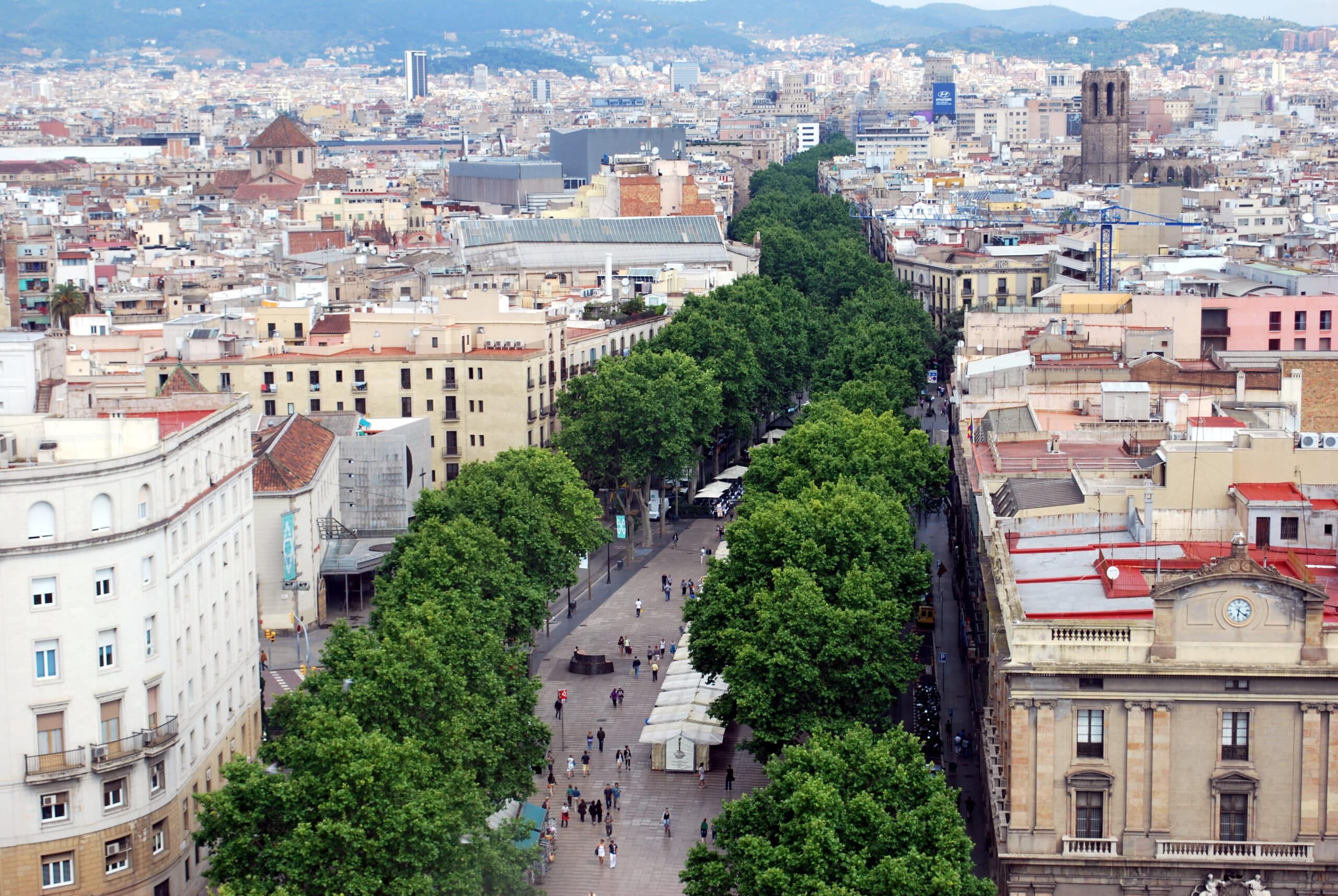 Even though many Catalans avoid this stretch of sidewalks from Plaça de Catalunya to the waterfront where the Columbus Monument stands, you should check it out. This is something that all travelers must do. In summer, you’ll be beneath the shade of the enormous plane trees and shuffling through the crowd that passes live sculptures, street entertainers, bird sellers, and flower vendors.
Even though many Catalans avoid this stretch of sidewalks from Plaça de Catalunya to the waterfront where the Columbus Monument stands, you should check it out. This is something that all travelers must do. In summer, you’ll be beneath the shade of the enormous plane trees and shuffling through the crowd that passes live sculptures, street entertainers, bird sellers, and flower vendors.
In some instances, you may be able to smell freshly made waffles (gofres). When you reach the water’s edge, you may continue walking down the pier to the Maremagnum shopping center or the Barcelona Aquarium.
Catedral de Barcelona
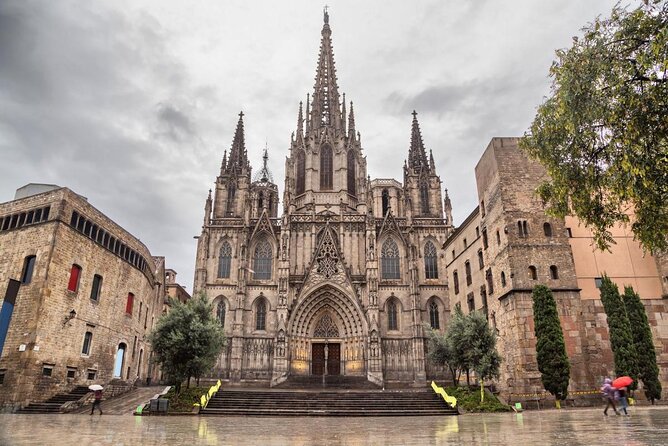 It’s no La Sagrada Familia, but its massive Gothic temple towers over the winding streets and little stores like a ruler. About two thousand years ago, when Barcelona was still named Bàrcino, a Roman temple was there (you can track down parts of the old Roman walls and aqueduct nearby). Cathedral of the Holy Cross and Saint Eulalia is the current name given to the building in honor of Eulalia, a local girl who refused to renounce her Christian beliefs when ordered by the Roman emperor Diocletian. As is frequently the case with places of worship, its aesthetic and spiritual atmosphere is striking. The interior design, together with the view of the city from the brief elevator journey to the top, is impressive regardless of one’s religious beliefs.
It’s no La Sagrada Familia, but its massive Gothic temple towers over the winding streets and little stores like a ruler. About two thousand years ago, when Barcelona was still named Bàrcino, a Roman temple was there (you can track down parts of the old Roman walls and aqueduct nearby). Cathedral of the Holy Cross and Saint Eulalia is the current name given to the building in honor of Eulalia, a local girl who refused to renounce her Christian beliefs when ordered by the Roman emperor Diocletian. As is frequently the case with places of worship, its aesthetic and spiritual atmosphere is striking. The interior design, together with the view of the city from the brief elevator journey to the top, is impressive regardless of one’s religious beliefs.
Park Güell
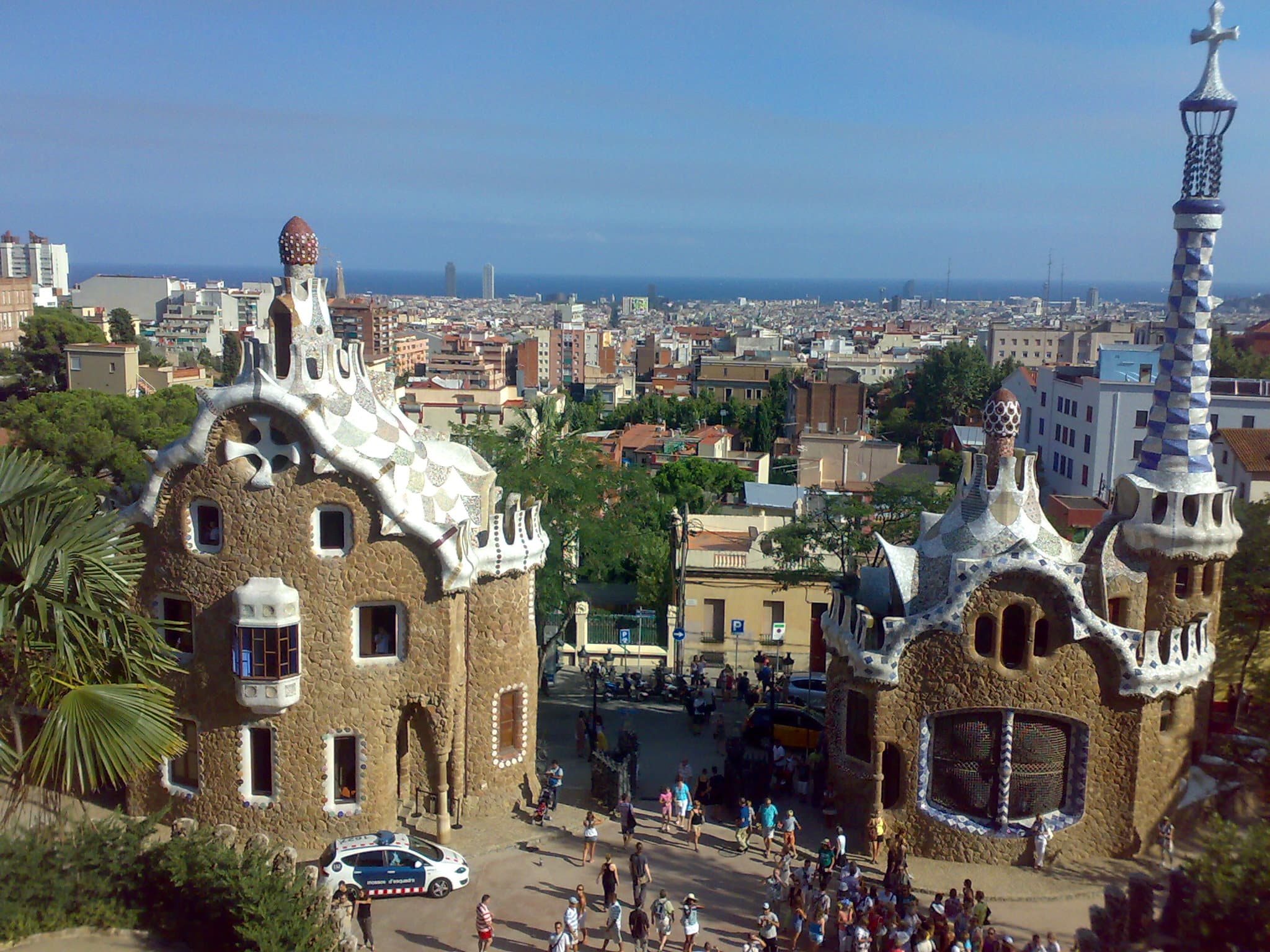 Round out your Gaudí experience by walking to this garden complex on Carmel Hill. The park’s main terrace’s breathtaking views of Barcelona draw many visitors to this area of Gràcia. Postcards and movies have likely shown you these mosaic serpentine seats.
Round out your Gaudí experience by walking to this garden complex on Carmel Hill. The park’s main terrace’s breathtaking views of Barcelona draw many visitors to this area of Gràcia. Postcards and movies have likely shown you these mosaic serpentine seats.
The architect’s signature style may also be seen in the colonnades, fountains, and statues found throughout the building. You may visit the House Museum, where Gaud resided from 1906 until 1926, to see more of his furniture and decorative artifacts.
Parc del Laberint d’Horta
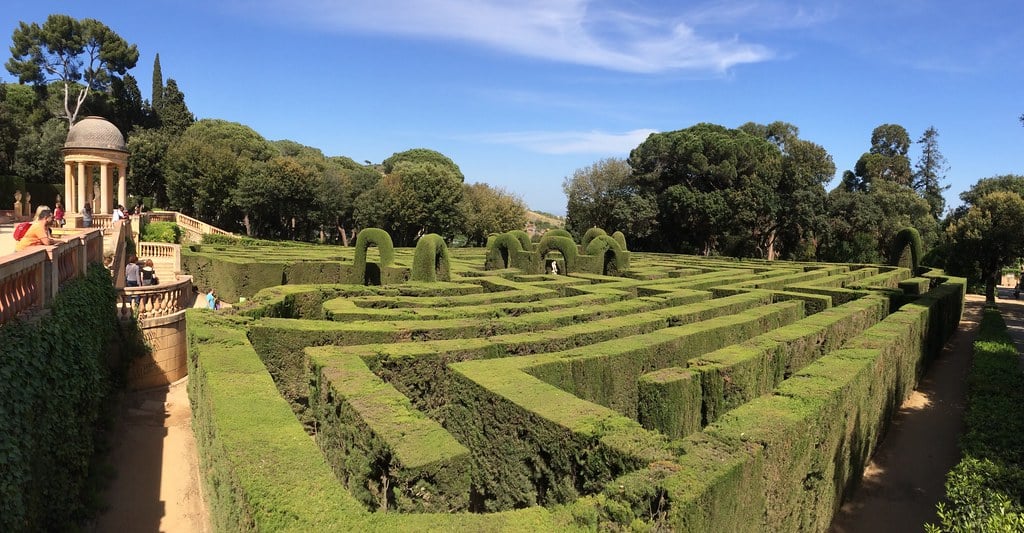 In a city known for its architectural masterpieces, Parc del Laberint d’Horta Barcelona is rare in being a work of art in and of itself. Regarding untamed spaces, Barcelona’s oldest park is more like a groomed beauty salon, with its gleaming temples, glistening ponds, legendary statues, and a cypress labyrinth that must have given the gardener a workout. The labyrinth is the outstanding feature, a maze formed of complex spirals of dense greenery. It’s a retelling of the Greek tale in which Theseus kills the Minotaur (a monster made of human and bull parts) so that he might be with Ariadne. Those who make it to the middle will meet a statue of Cupid instead of having to kill a bovine to find love. The labyrinth is more challenging than it seems, so feel free to laugh at that sentimentality afterward.
In a city known for its architectural masterpieces, Parc del Laberint d’Horta Barcelona is rare in being a work of art in and of itself. Regarding untamed spaces, Barcelona’s oldest park is more like a groomed beauty salon, with its gleaming temples, glistening ponds, legendary statues, and a cypress labyrinth that must have given the gardener a workout. The labyrinth is the outstanding feature, a maze formed of complex spirals of dense greenery. It’s a retelling of the Greek tale in which Theseus kills the Minotaur (a monster made of human and bull parts) so that he might be with Ariadne. Those who make it to the middle will meet a statue of Cupid instead of having to kill a bovine to find love. The labyrinth is more challenging than it seems, so feel free to laugh at that sentimentality afterward.
Fundació Joan Miró
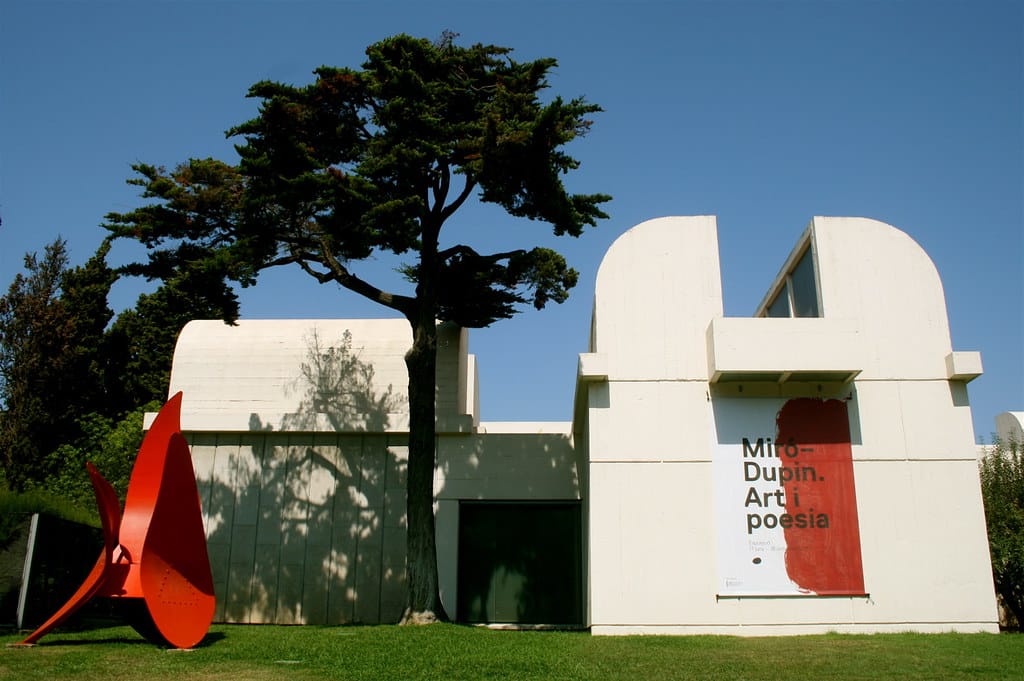 Like Gaud, Joan Miró was an inherently Catalan artist, and seeing his work in the museum in Barcelona will help paint a complete sense of the city’s character. The artist established the Fundació Joan Miró in the 60s to support contemporary art in Barcelona, and Miró collaborated closely with the architect Josep Lluís Sert on the museum building’s design.
Like Gaud, Joan Miró was an inherently Catalan artist, and seeing his work in the museum in Barcelona will help paint a complete sense of the city’s character. The artist established the Fundació Joan Miró in the 60s to support contemporary art in Barcelona, and Miró collaborated closely with the architect Josep Lluís Sert on the museum building’s design.
This indicates unusual compatibility between the setting and the presented content. There is a wide range of the artist’s work on display within, from sculptures to drawings and paintings. In addition to these permanent displays, several collaborative and instructional initiatives are in progress as temporary exhibits of art from the twentieth and twenty-first centuries.
Santa Maria del Mar
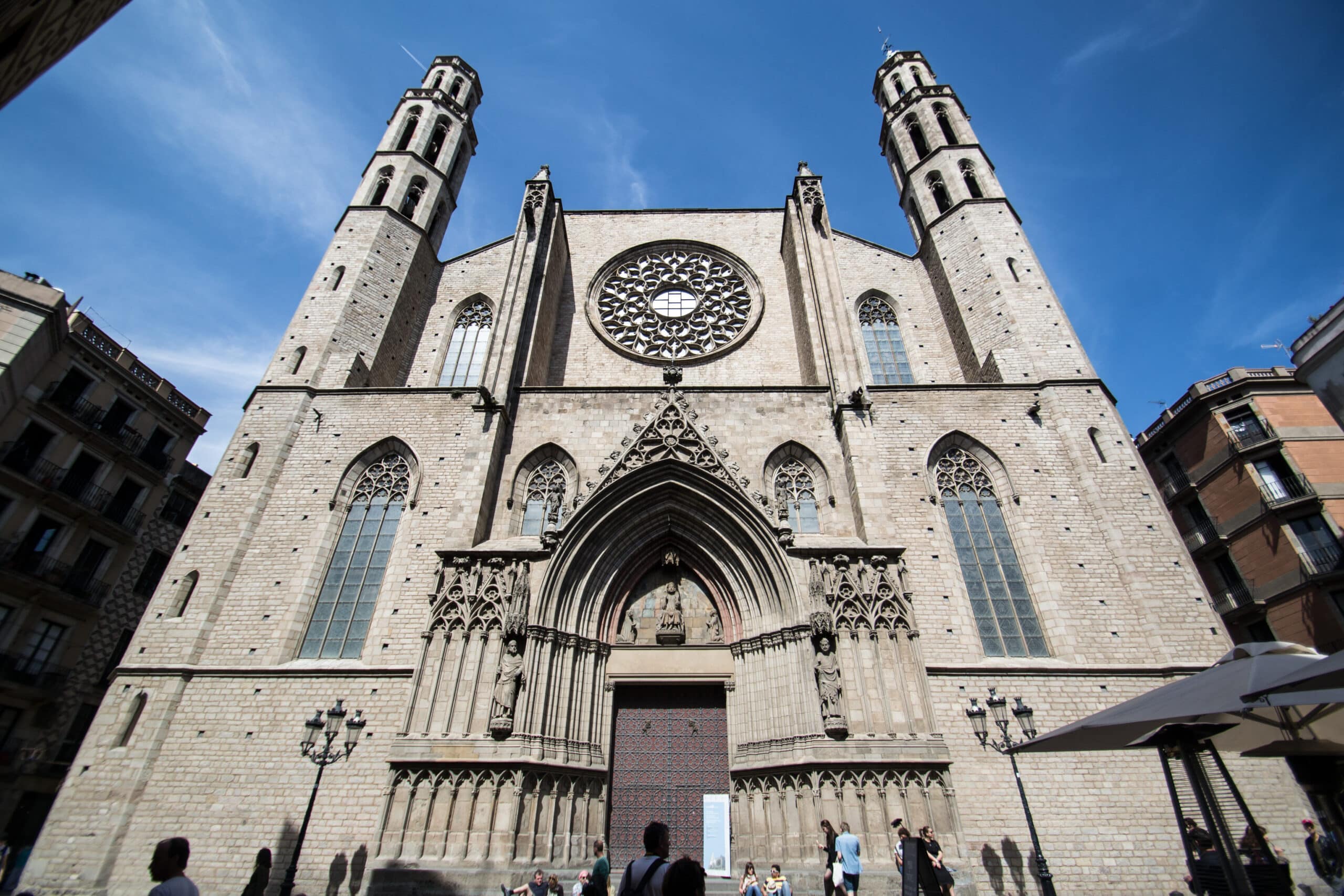 You can bet a bottle of (sacramental) Catalan wine that Santa Maria del Mar will be the church of choice for any locals you consult. (Sorry, La Sagrada Família!) Cathedral of the Sea, a book by Ildefonso Falcones, is set against the background of the building of this specific Gothic cathedral, and its protagonist is one of its stone labourerslaborers. The church’s actual history is almost more fantastical than any work of fiction: in 1428, it was severely damaged by an earthquake. The building was deliberately set on fire in July 1936, and the blaze lasted 11 days. There are still black scorch scars on the roof, visible from the inside. The structure features exceptionally tall columns positioned 43 feet apart. Combine that airiness with large expanses of stained glass, and it nearly seems like someone’s lifting you into the sky.
You can bet a bottle of (sacramental) Catalan wine that Santa Maria del Mar will be the church of choice for any locals you consult. (Sorry, La Sagrada Família!) Cathedral of the Sea, a book by Ildefonso Falcones, is set against the background of the building of this specific Gothic cathedral, and its protagonist is one of its stone labourerslaborers. The church’s actual history is almost more fantastical than any work of fiction: in 1428, it was severely damaged by an earthquake. The building was deliberately set on fire in July 1936, and the blaze lasted 11 days. There are still black scorch scars on the roof, visible from the inside. The structure features exceptionally tall columns positioned 43 feet apart. Combine that airiness with large expanses of stained glass, and it nearly seems like someone’s lifting you into the sky.
It’s a terrific opportunity to become acquainted with the city and receive pointers on what to see and avoid while there. Lastly, read more about travel around the world here.


